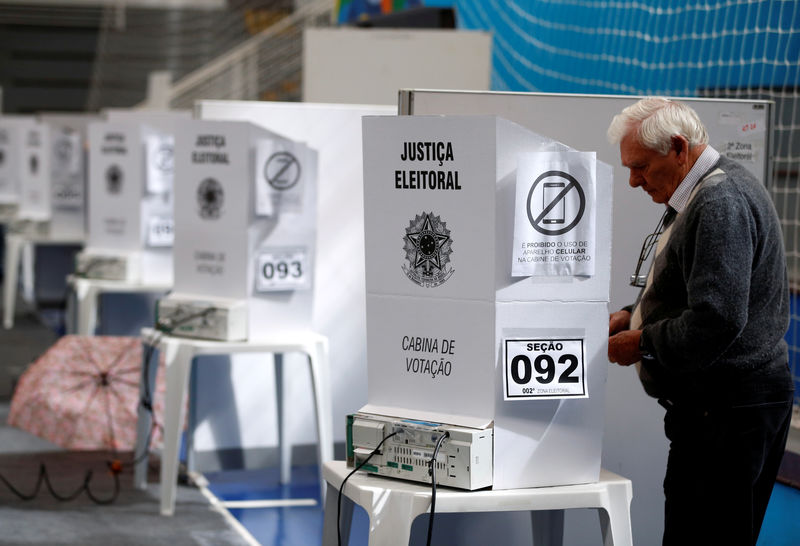(Bloomberg) -- Explore what’s moving the global economy in the new season of the Stephanomics podcast. Subscribe via Pocket Cast or iTunes.
Brazilian soybean growers are on the horns of a dilemma.
One one hand, they seem to have good reason to plant aggressively given China has largely turned its back on U.S.-grown oilseed. Then again, trade wars don’t last forever and the spread of African swine fever in Asia is undermining feed demand. Weather and currency moves offer further variables.
The upshot is expected to be a modest 1.8% increase in planted area from the previous season, according to the average estimate of 10 analysts surveyed by Bloomberg. That would be the slowest rate of expansion in 13 years, trailing the 3.5% five-year average and the 5% annual rate of the past 10 seasons.
Still, even modest growth will be enough to see Brazil surpass the U.S. as the world’s largest soybean producer and consolidate it as the top exporter. The nation may harvest 123 million metric tons in the 2019-2020 season, considering estimates based on trend-line yield projections. State forecaster Conab is scheduled to present its first 2019-2020 crop estimate on Oct. 10.
“Costs are high this season, and farmers don’t want to take risks,” said Oswaldo Pasqualotto, a grower in southern Mato Grosso state. “I’d say this is the year with the highest uncertainties of the past 10 or 15 years.”
While trading houses have avoided long-term purchases as they wait for China-U.S. talks, farmers are delaying fieldwork because of the weather, Pasqualotto said by telephone. He intends to sow soy in 11,000 hectares (27,200 areas) but hasn’t planted anything yet because it’s too hot and dry.
While the trade war has kept demand for Brazilian soy strong this year, the premium for beans shipped from Brazilian ports is less than half of year-ago levels. That’s because swine fever has decimated China’s hog herd and curbed the Asian nation’s demand for the oilseed used as feed. Brazil’s soy exports to China declined 16% through September, government data show.
“Premiums haven’t compensated question marks in different variables,” Luiz Fernando Roque, an analyst at Safras & Mercado consulting firm, said by telephone. “Though the trade war has been positive for Brazilian farmers, it also brings a lot of uncertainties.”
Currency swings are another variable. While a weaker real against the dollar signals higher prices for farmers and a reason to plant more, it also means higher costs. Roque expects the modest soy expansion to occur as farmers switch from other crops and pastures rather than opening up new areas.
A conservative approach by farmers is also on show in the slow pace of seeding this season, according to Vitor Ikeda, an analyst from Rabobank in Sao Paulo. Producers have been waiting for better moisture conditions before intensifying fieldwork amid a “challenging outlook” in terms of prices and margins, he said.
On Sept. 26, soybean seeding was 0.9% complete in the nation, down from the five-year-average of 2.8%, according to figures from the AgRural consultancy. That’s far below the 4.6% in the same period last year, when ample rains allowed early planting.
While the slow pace of the soybean seeding isn’t a concern in terms of crop yields so far, it worries farmers who plan to cultivate corn during the winter, just after the oilseed harvest. Significant delays on the soybean crop may shorten the ideal window for winter-corn planting.
